I have never baked a gluten-free bread before. Neither my husband nor I do have celiac disease. And truth be told, I don’t know much about baking gluten free. But when Amy Chaplin, who is one of my favorite vegan/vegetarian chefs, posted this recipe on her blog I was intrigued.
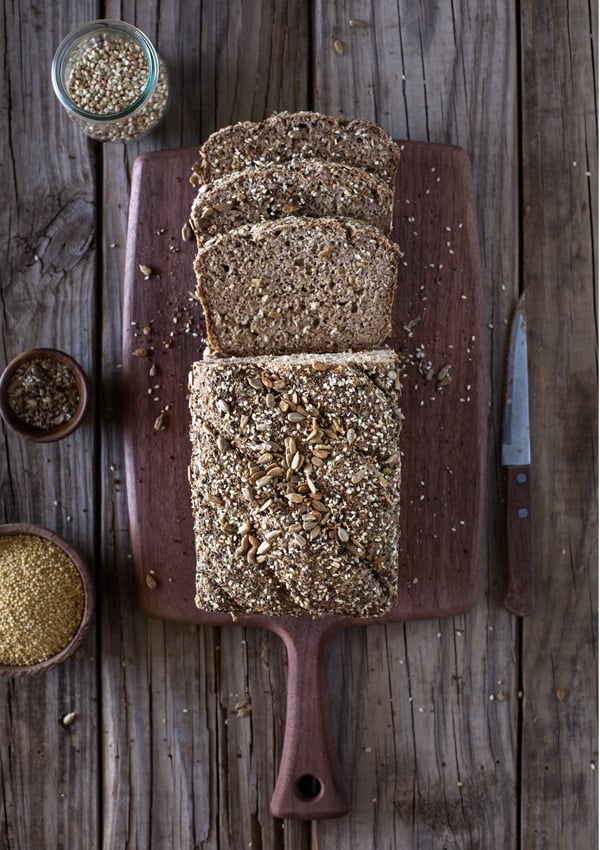
To be honest, I wanted to read more about it not because it was gluten-free, but because it was made with using millet and buckwheat (both of which are super healthy grains) instead of all-purpose flour. Even though there are many similar bread recipes out there on the Internet, I usually have a hard time figuring out where to start when it comes to baking bread using ancient grains.
But when she posted this recipe, I knew that it would be a good one to start with. Luckily as suspected, it didn’t disappoint. This bread is so easy to make, even for someone like me, who is learning her way around the world of vegan/gluten-free baking. It also is foolproof.
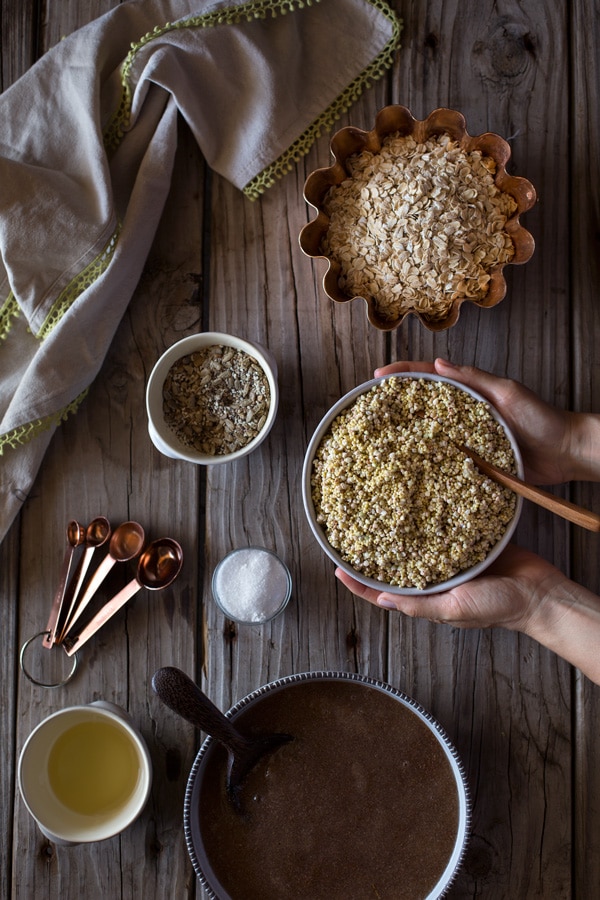
To make it, in addition to millet and buckwheat Amy uses an ingredient called psyllium seed husk (or also called psyllium husk). The first time I read about psyllium husk was a year ago, when David and Luise of Green Kitchen Stories posted a recipe called Cashew Rawgurt. It was basically yogurt made with cashews instead of milk.
They used psyllium husk to give it a creamy consistency that was similar to the consistency of yogurt. But then, more and more I read about gluten-free and healthy baking ingredients, I realized that it is a much more of a common ingredient than I thought.

After some research and surfing through the Internet, I found out that psyllium husk (the photo above is what it looks like after it was mixed with water):
- Is a natural source of soluble fiber that doesn’t include wheat, and therefore it is gluten-free.
- Has multiple health benefits, because when mixed with liquids it turns into gel, which acts like a sponge and absorbs toxins in the digestive tract. Because of this reason, people with constipation and irregularity issues are advised to incorporate it into their diets.
- Is used in gluten-free baking, because due to its gel-like structure (when mixed with water/liquida), it acts like gluten giving body to baked goods. It is mostly used when baking gluten-free bread, pizza dough, rolls, pasta, etc.
- Is sold in the gluten-free baking section of the supermarkets as either in capsules or in powder form. (This recipe uses the powder form. In particularly, this brand.)
With all that being said, there are many resources on the Internet cautioning people as some allergic reactions to pysllium husk have been recorded. Therefore, if this is your first time consuming it, I recommend trying in a small dose before using it to bake bread.
You could also do what I did; simply add a tablespoon of it in a smoothie (another popular way of incorporating it into your diet) to see if you react to it in a negative way. Luckily, both my husband and I were totally fine after we drank our smoothies.
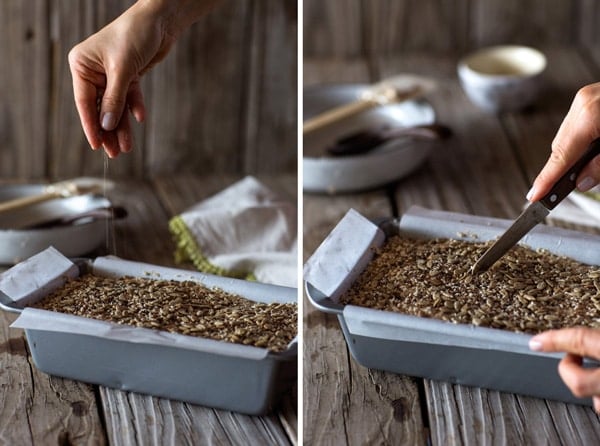
About This Millet Buckwheat Recipe
In her blog post, Amy posted a halved version of this recipe. However, she suggested that it would be fine to double it, which is what I did. To make the dough, you use a food processor. If you have a regular 9-cup food processor like mine, you may find that when all the ingredients are placed in it, it may look like it is too much. For this reason, on my first try I made two separate batches, mixed them in a bowl, and then baked them together.
But on my second try (which is the bread in the photos), I placed everything in the food processor at the same time. It was quite full, but I stopped every 8-10 seconds to scrape the bowl during the process to make sure that everything is mixing evenly. Either way, they both turned out nicely. So it is totally up to you and your preference. Also if you want, you can half the recipe for a smaller loaf.
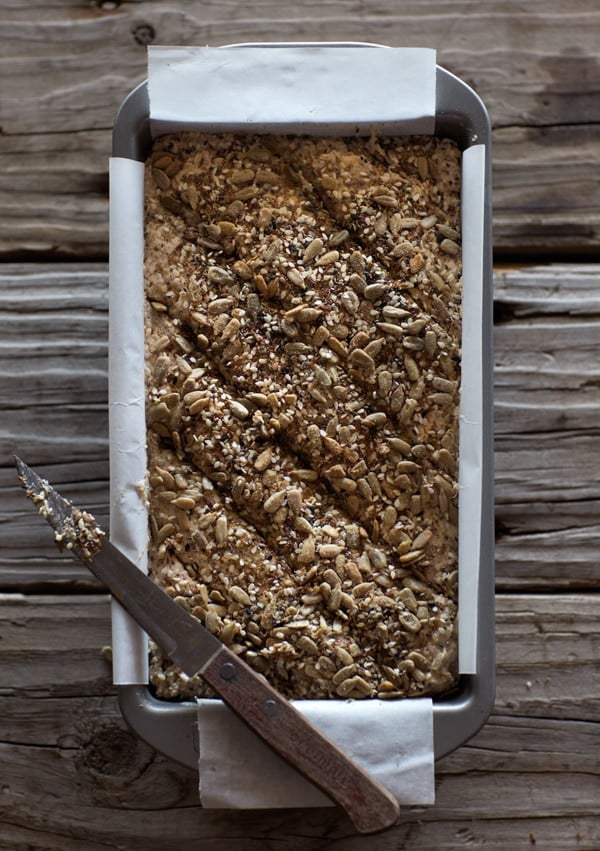
On a final note, it is imperative to score the bread twice- once before it goes into the oven and an additional time after it has been baking for 40 minutes. Doing so lets some air into the dough for it to cook properly. Since it is better to score it in the same place, I suggest sprinkling it with the seeds prior to scoring it for the first time. That way when it is time for you to score it again you can easily see the marks.
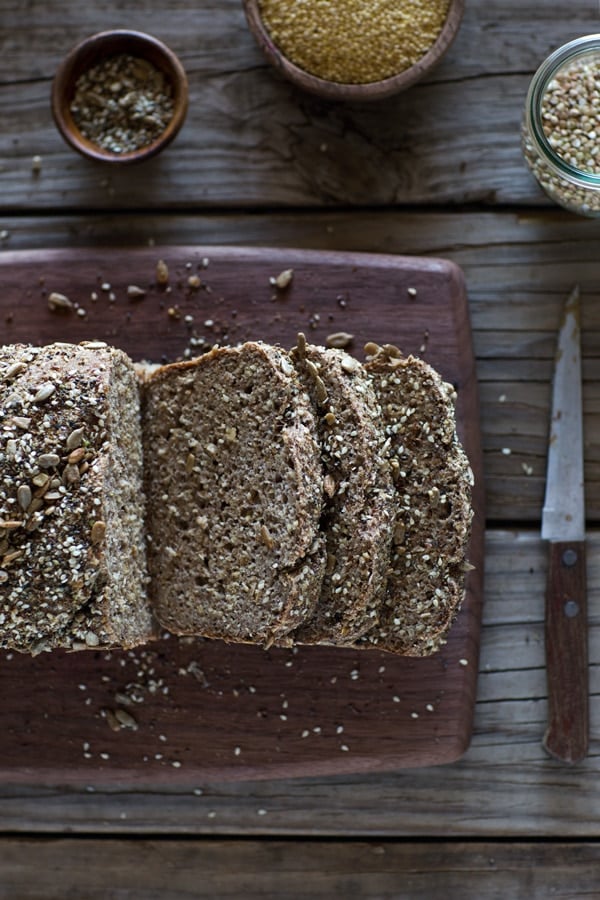
Other Gluten-Free Recipes You Might Be Interested In
- Almond-Kasha Porridge with Ginger and Pineapple
- Overnight Coconut Buckwheat Porridge
- Sorghum Pilaf with Lentils, Feta, and Grapes
- Creamy Mushroom Pasta with Fresh Peas and Ricotta
- Gluten-Free Almond Flour Bread
- Need more inspiration? Check out all our bread recipes

Millet and Buckwheat Bread
Ingredients
- 1 cup buckwheat groats
- 1 cup millet
- 3 cups filtered water
- 1/2 cup psyllium whole husks (I used Yerba Prima brand), 1.5 oz.
- 1 1/2 + 1 cups, (9 oz.) rolled oats, divided (Gluten-free type)
- 2 tablespoons baking powder
- 2 teaspoons sea salt
- 4 tablespoons walnut, coconut or olive oil would work too oil
- 2 teaspoons ground flax seeds
- 2 teaspoons chia seeds
- 2 teaspoons toasted sesame seeds
- 2 teaspoons sunflower seeds
Instructions
- Place buckwheat groats and millet in a large bowl. Pour enough water to cover at least 2 inches from the top. Allow it to soak for 10 hours or overnight.
- Pre-heat the oven to 350 degrees. Line a 9X5 loaf pan with parchment paper. Set aside.
- Drain the buckwheat and millet combination in a strainer. Rinse well and set aside. (Buckwheat will be slimy so it is important to wash it well.)
- Place psyllium whole husks in a bowl and add the 3 cups of water. Mix and set aside. 5-10 minutes should be enough.
- Place rinsed buckwheat groats, millet, and 1 1/2 cups oats in the bowl of a food processor. Process until completely combined and grains are almost completely broken down, 45-50 seconds. You may have to scrape the bowl 1 or 2 times.
- Add in the soaked pysllium husks, rest of the oats, baking powder, sea salt, and oil in the bowl of a food processor. Process until everything is combined, 30-45 seconds. Make sure to stop and scrape the bowl a couple of times.
- Transfer the dough into the prepared loaf pan. Spread it out using the back of a spatula.
- Combine flax, chia, sesame, and sunflower seeds in a bowl.
- Sprinkle half of the seeds on top of the bread. Using a sharp knife, score the top of the loaf in several places. (For a visual, see the photo above)
- Sprinkle the rest of the seeds and place it in the pre-heated oven.
- Bake for 40 minutes. Remove and re-cut the places you scored earlier to let some of the air in for the inside of the bread to fully bake. Return it to the oven and bake for 55-60 minutes or until a knife inserted in the middle comes out slightly sticky.
- Let it cool for 15 minutes on the kitchen counter and remove it from the pan.
- Before slicing it, allow it to come to the room temperature.
- You can store it in an airtight container for up to 4 days at room temperature or up to a week in the fridge.
Nutrition
Nutrition information is automatically calculated, so should only be used as an approximation.
This recipe is adapted from Amy Chaplin’s Gluten-Free Millet and Buckwheat recipe.
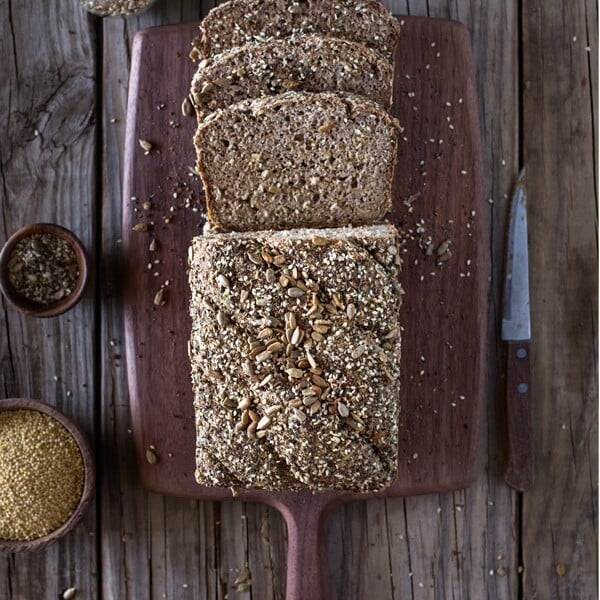

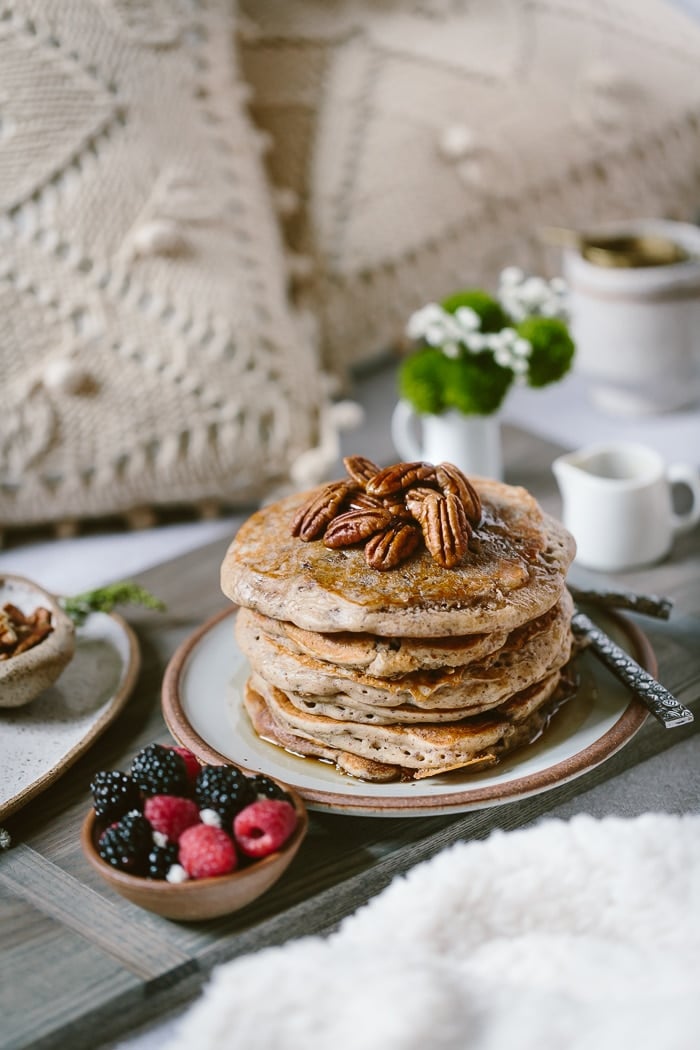
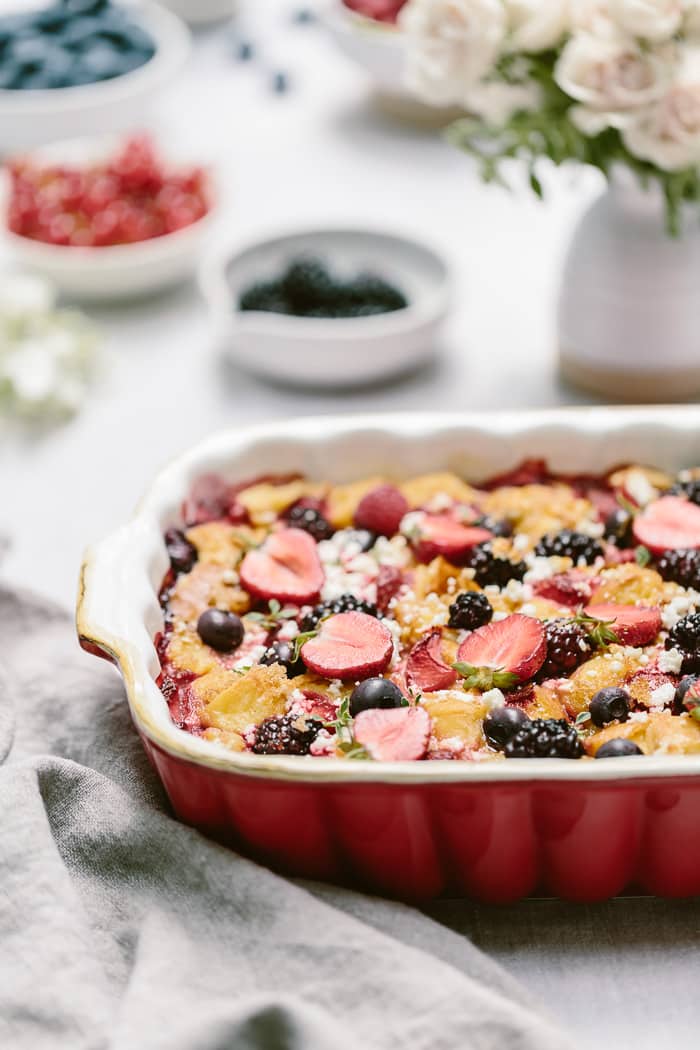
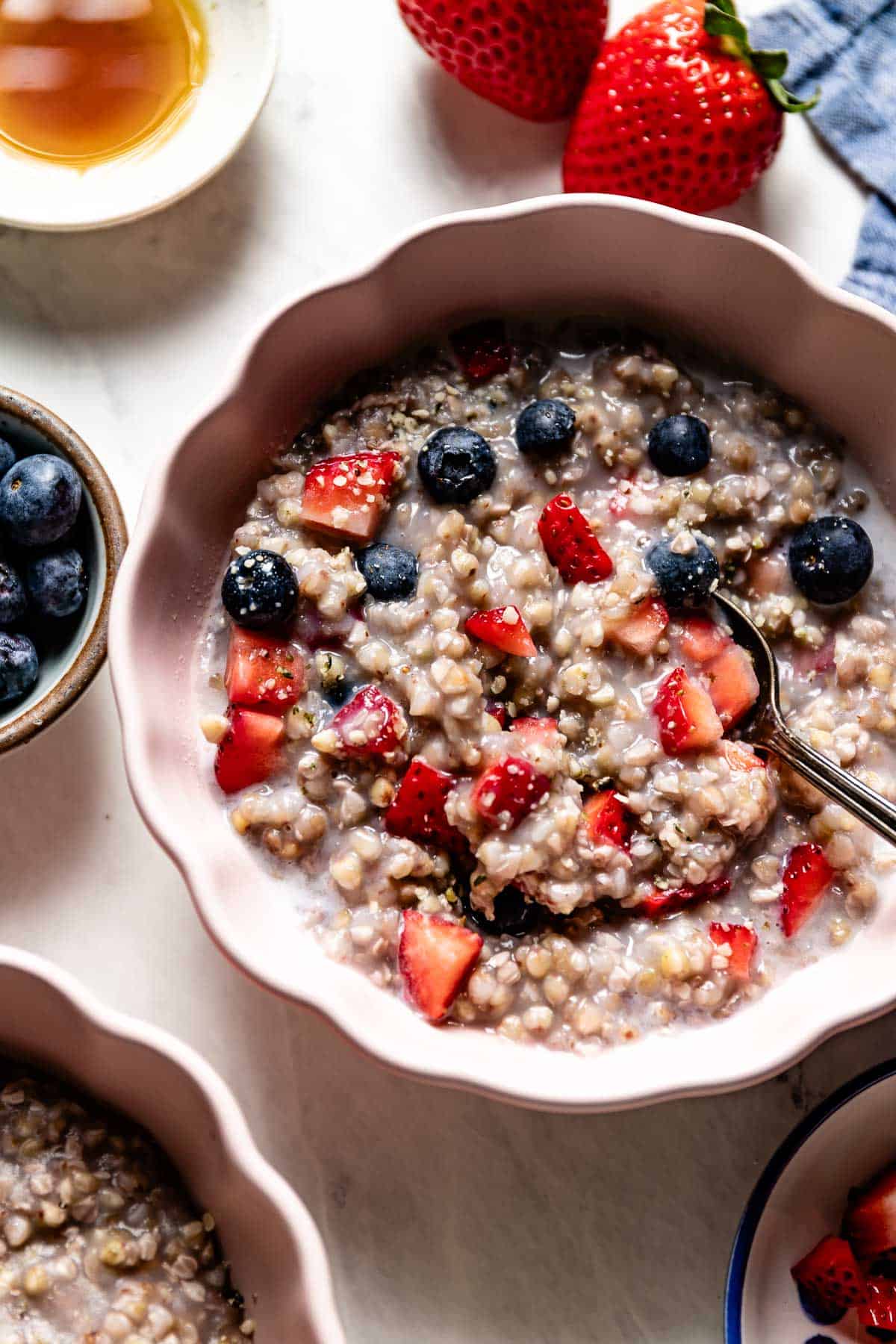
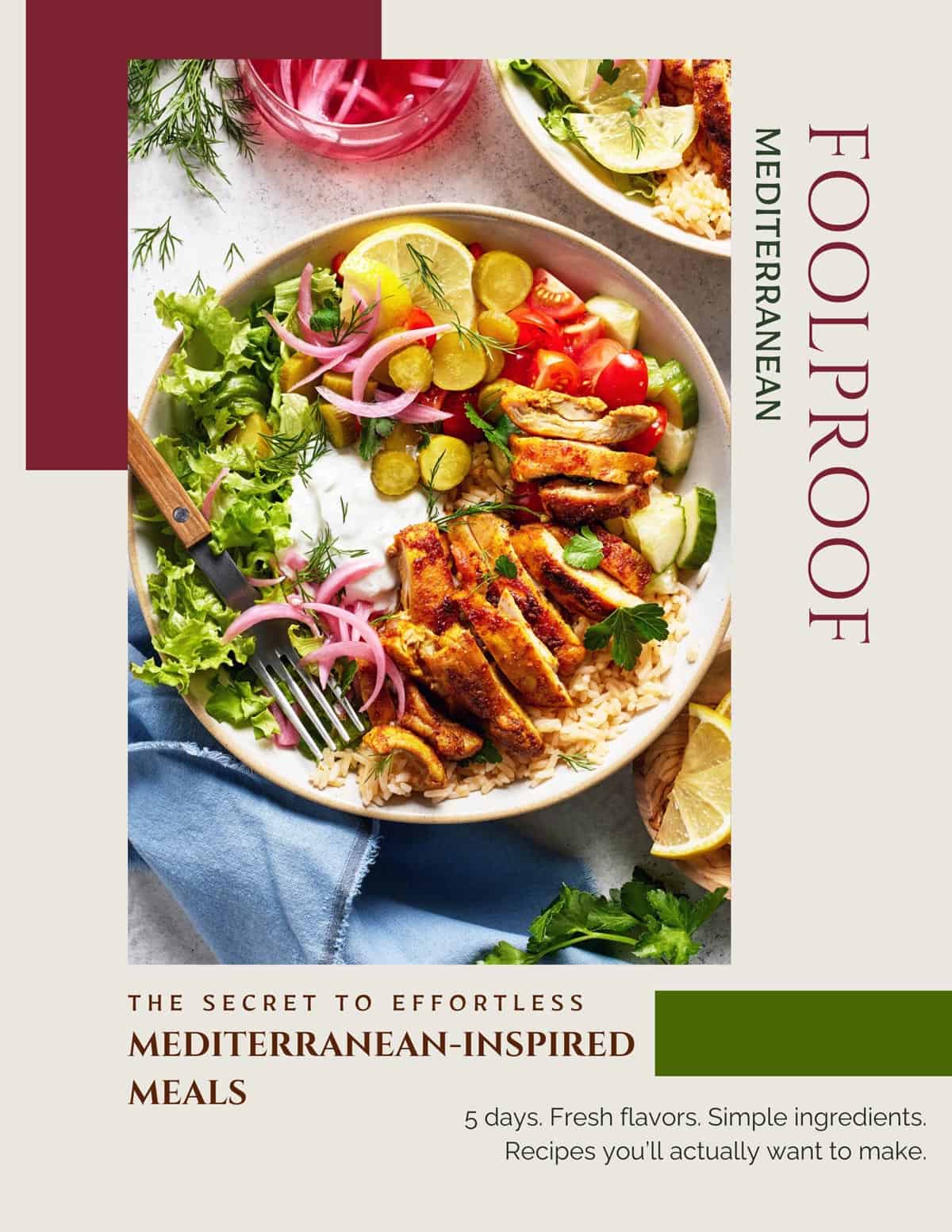









Hi, I love this bread.. I’ve made it 3/4 times.. This last time, I used 2/3 cup each buckwheat, millet, and quinoa. I added 3 tsp. garlic powder and it came out great.. Thanks for the great recipe.
Linda
Hello Linda,
I love the idea of adding quinoa into the mix. Thanks for sharing your experience and taking the time to leave a review.
Aysegul
You have just given me more ideas. I tend to make fermented buckwheat bread with lots of spices and seeds. After the seeds soak overnight, I don’t rinse it with water as those microbes are superb for the fermentation after. I only let the water drip off, so its quite gooey almost and then add it to the blender with water and salt. I let this sit for another 12-24 hours depending whether its winter or summer temperatures. Now I will add millet to the process….. thank you for this amazing recipe!
I am happy to hear you felt inspired Madeleine. Thanks for coming by.
I love this bread so much! I’ve made it dozens of times. I use yogurt in place of oil, which feels healthier (and adds a bit of tang). I also pour some whey in the soaking water with buckwheat and millet to help break down the grains. I’m going to try making this a “sweet” bread – substituting the oil with applesauce, and adding some cinnamon and raisins!
I am happy to hear that you like this recipe Allie. Thanks for coming by and taking the time to share your experience.
I didn’t read the entire post before making the recipe , I used my high speed blender after blending the buckwheat and the millet which was perfect I added the psyllium and all the rest of the ingredients except the nuts , I had no clue my high speed blender wouldn’t be able to mixe this . I transfer the entire mixe in a food processor it was a mess , it struggled to blend it , I added probably 1/4 more water it finally worked , I think it should have been blended better but it was difficult , I dumped it in a bread pan and baked it for the entire time plus another 12 minutes to the baking , I checked frequently to see if it was baked . I reduced the salt to 1 tsp next time 1 1/2 tsp will be perfect for my taste . The texture is very nice kind of chewy my next loaf should be better , I know now how to make it , I didn’t toast any seeds it get toasted enough in the oven I will add a few more different seeds like pumpkin seeds I didn’t use the flax , I also use sunflower oil . Seriously a very healthy bread it’s hard to stop eating it yum yum yum !
One question do you think I can reduce some oats like 1/4 less for easier mixing ? I thought it was very very thick almost impossible to mixe . I wish I could post a picture it’s 5 1/2” high beautiful !
WOW! Brigitte – Thanks for sharing your experience. Just out of curiosity, did you bake two loaves or one?
Hi! This is some of the best bread I’ve ever made! I have an allergy to yeast and insensitivity to gluten, so yaaay thanks for this, you’ve made it possible for me to have bread!!!
This is music to my ears Jan. I am thrilled to hear that you liked it.
Thanks for coming by and leaving a review.
Hi I made this recipe for the first time today. Tastes delicious, but after I took it out of the oven, the middle dropped, can you suggest how to stop this happening because I don’t know what I’m doing wrong.
Thanks heaps
Claire
I am sorry to hear that happened. That usually happens when you have too much liquid in the batter or if the temperature of your oven is lower than it should be. I know this batter is quite dense so that is the only thing I can think of.
Hope this helps.
Hi
Hope you’re doing good. I tried this recipe n it turned out really good.This was my first attempt at a a gluten-free bread and I was extremely happy with the result My only concern is that the top portion becomes too crispy, so is there any other way that I can make it a bit softer. Has anyone tried covering n then baking
I’ve made this before a couple of times. Such a good bread! Is it better to use avocado oil or extra virgin olive oil?
Hi Nadine,
I am happy to hear that you like this buckwheat bread recipe. I use them both but perhaps I like avocado oil more because it has a very mild taste. Still, EVOO would also work. I think it is a personal preference.
Thanks for coming by and taking the time to leave a review.
Cheers!
i’ve made this recipe 10 times and i’m eating a slice now. it is so wholesome and good, makes me happy like bread should, but doesn’t upset my system like gluten bread unfortunately does. i usually eat with a lil butter but nut butters, jam, and avocado are good too 🙂 it makes me happy to wake up in the morning and go toast a slice. i have made it with sprouted grains and that worked great as well. i always add about 2 T of water to the grains when i’m processing to make it easier to blend together. i also add a T of maple syrup to balance the flavor and i use olive oil cuz i always have that on hand. after i slice it i freeze it all so it stays fresh longer and take out a slice or 2 at a time to toast and eat. of all the times i made it, it turned out perfect every time. it really is fool proof. i know i’ll be making this for the rest of my life. i love it <3 thank you!!!!
Rosie,
Your kind words make me so happy. I appreciate you sharing your experience.
It has been a while since I made a batch. Reading through your words I found myself craving for it. This weekend I will make it again but this time following your tips as well.
Thanks for taking the time to share your experience and leaving a review.
Cheers!
Thanks for sharing this. I make this bread often and it’s amazing!!
My question to you is would these work as rolls? No big deal if they don’t as I’m happy to have a wholesome and delicious bread!
Thanks again 🙂
Hi there,
I am glad to hear that you like it. Sadly, I have never tried making rolls. Definitely worth a try though.